Our Favorite Movie Moments of 2015
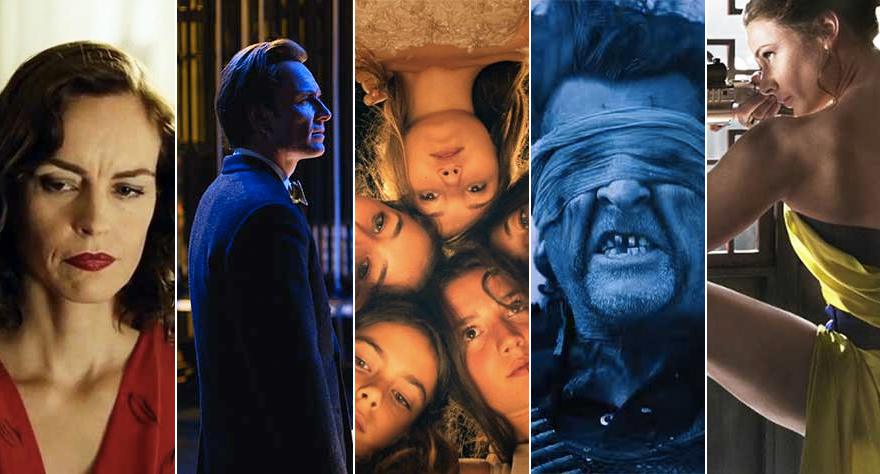
Another year, another collection of unforgettable films, and another collection of unforgettable moments. Our list of unforgettable films is still on its way, but like last year we feel compelled to single out some scenes from 2015 that bowled us over and stayed in our brains. Some of these scenes are moments we cherish from our favorites this year, and others are great highlights from films that might not have been able to squeeze into our top tens. But as varied as this list may be, everything on it is another reason why we still love watching movies (even if that means watching a lot of duds). Read on to see what we loved from this year, and be sure to let us know what moments or scenes you couldn’t forget.
45 Years – The Anniversary Party
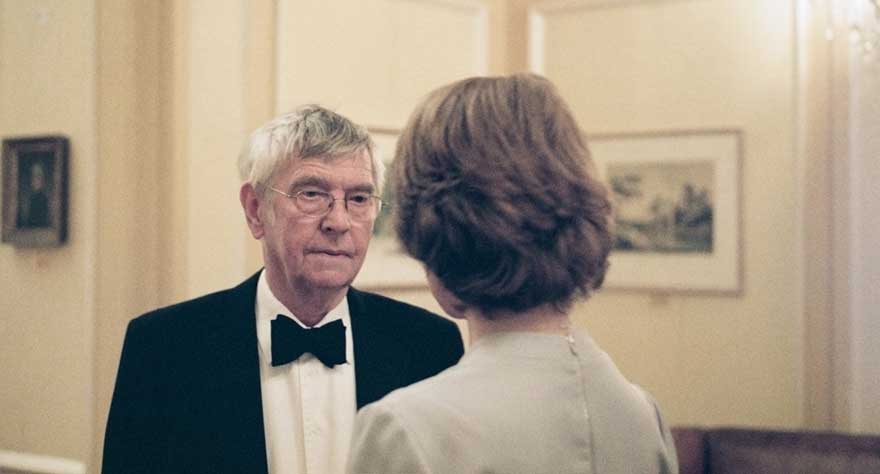
I’m a little hesitant to go into much detail on the anniversary party scene of Andrew Haigh’s 45 Years, as it is the culminating scene of this fine film, but it without a doubt deserves recognition. By the time the characters and audience have arrived at this scene, so much emotional turmoil has been quietly digested. In a typical film, this would finally boil over, acting as the ultimate breaking point that the film was literally building to from the beginning. Here, however, it becomes a beautiful and very sad interplay between its celebrated couple. Charlotte Rampling is particularly stunning here, all the way up to the film’s final shot—she has gone through so much internal struggle that you almost want her to explode, but for the actress’ better judgment, she gives the scene so much more complexity when the cracks begin to show. [Aaron]
Arabian Nights: Volume 2 – The Desolate One – The Tears of the Judge
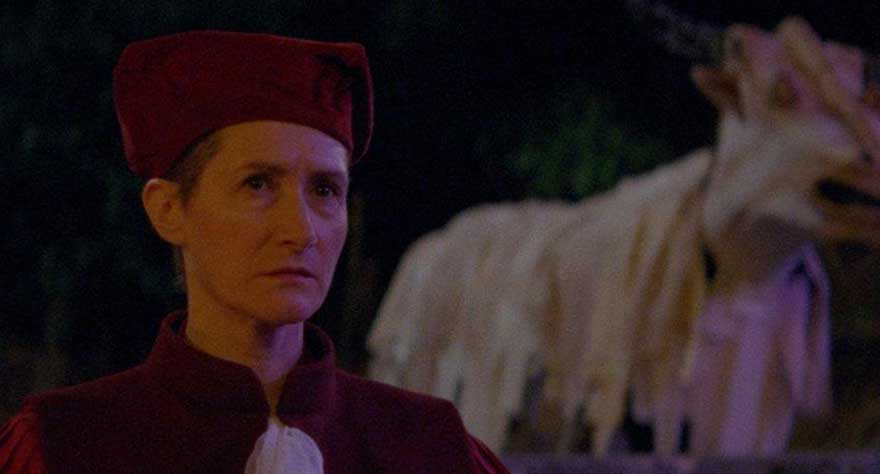
Miguel Gomes’ Arabian Nights trilogy is filled with highlights and lowlights, but of the many stories told over the trilogy’s combined ~6.5-hour runtime, this bravura 40-minute segment in Volume 2 is by far the best part of all three films. Taking place in an outdoor courtroom, a judge (Luisa Cruz) presides over a case involving apartment tenants selling furniture belonging to their landlord. The judge declares it to be a simple case of theft, but when she decides to probe further (“to share thoughts and moralities with you all,” she explains to the crowd watching the case) she triggers a convoluted blame game. The defendants argue that their landlord is a vile person, which leads to testimony saying he abuses 911 operators, and from there genies, cows and polygamy get thrown into the mix. This is blunt, on-the-nose political filmmaking of the best kind, with Gomes increasing the absurdity of the situation at an exponential rate with each new development. It’s smart, hilarious stuff, and the story’s bookending sequences—involving the judge’s daughter losing her virginity—adds the kind of sting that turns good satire into great satire. [C.J.]
Bone Tomahawk – Meal Prep
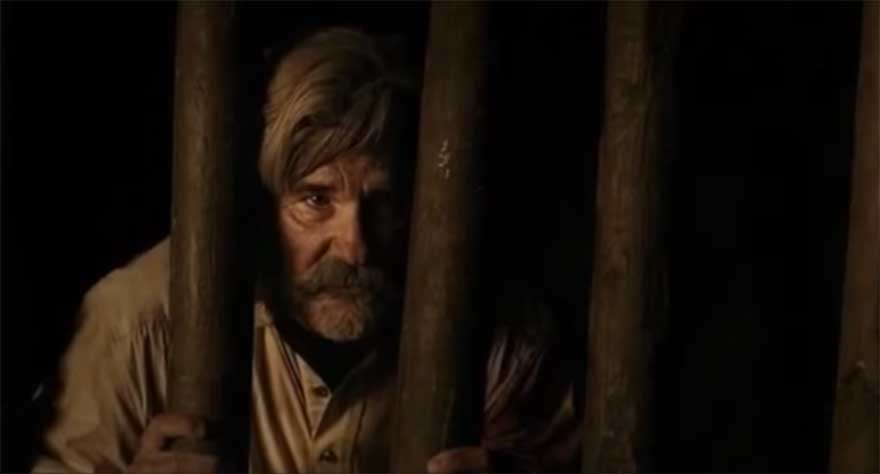
Bone Tomahawk opens with the image of someone getting their throat slit with a dull knife, a grisly scene that helps establish writer/director S. Craig Zahler’s preference for brutal, realistic violence. But that opening won’t prepare anyone for what comes much later (almost 90 minutes later, to be precise), well after Zahler’s film has settled into a pleasantly poky groove. Our four heroes, on a trip to save their friends and loved ones from cannibalistic cave dwellers, find themselves captured by their foes, and Zahler shows what happens when one person gets selected to be the next meal. It’s a horrifying sight that’ll have viewers covering their eyes and plugging their ears (God only knows what was used to create those sound effects), and Zahler puts splatter filmmakers like Eli Roth—who tried his hand at cannibal horror this year with The Green Inferno—to shame. Just remind yourself to watch this film on an empty stomach whenever you get the chance to see it. [C.J.]
Eastern Boys – Home Invasion
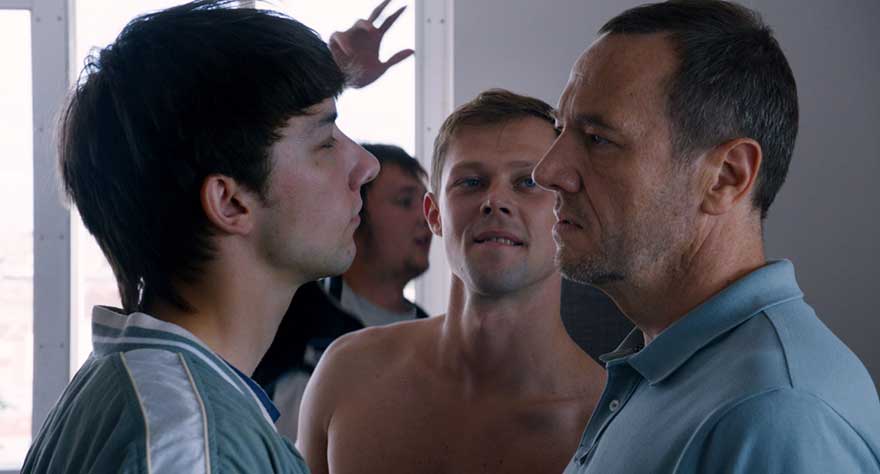
The opening minutes of Robin Campillo’s Eastern Boys shows middle-aged Daniel (Olivier Rabourdin) approaching young male prostitute Marek (Kirill Emelyanov) and propositioning him for sex. Marek agrees to meet Daniel at his apartment the next day, but Daniel has no idea what he’s in for once there’s a knock at his door. Instead, almost a dozen people come pouring into his apartment one at a time, all of them part of Marek’s gang run by the charismatic and intimidating Boss (Daniil Vorobyev). It’s a surreal sequence running just over 20 minutes in length, and it’s all the more fascinating by Daniel’s unorthodox reaction to the situation; he quietly lets Boss and his underlings steal everything out of his place, and when the boys start an impromptu dance party in his living room he joins in. It’s a remarkable experience watching it all unfold, with Campillo oscillating between the intensity of the scenario (culminating in an unexpected act of violence) and how alluring it is for Daniel to be surrounded by so many objects of his desire. The rest of Eastern Boys doesn’t maintain the same quality, but Campillo has created an undeniable mini-masterpiece with this one sequence. [C.J.]
Entertainment – The Heckler

Rick Alverson, who’s quickly established himself as a master of cringe humour, creates yet another masterpiece of discomfort with this scene in Entertainment. While doing a show at a tiny bar somewhere in the California desert, The Comedian (Gregg Turkington, aka Neil Hamburger) gets interrupted by what he thinks is a heckler (Amy Seimetz, making the most of her brief screentime). But Alverson shows what Turkington’s character didn’t see: that the heckler was getting harassed by a man at the bar, her outburst directed at the man beside her and not on stage. That doesn’t stop The Comedian from tearing into her, hurling a barrage of nasty (and funny) insults her way. The sequence works so well because of the way Alverson constructs it within the familiar framework of a drama or character study; take away the context behind Seimetz’s “heckling” and the scene can look like Turkington defiantly taking down a critic. Instead it’s something much uglier, going against expectations and turning the protagonist into a villain. Alverson’s films are never easy, but that’s what makes them great. [C.J.]
The Forbidden Room – “The Final Derriere”
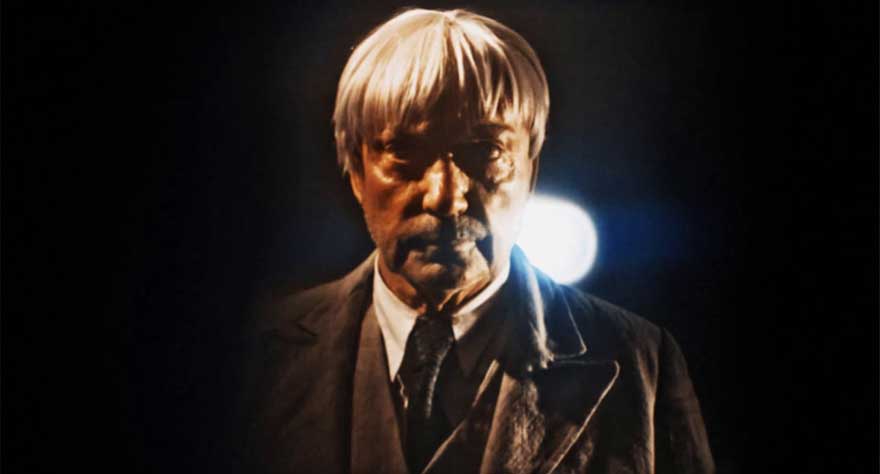
A musical interlude about a man’s addiction to female rumps (and the bizarre method he chooses to overcome it) would be strange in most any film, but it even stands out in Guy Maddin’s wackadoodle masterpiece The Forbidden Room. In the scene, the great Udo Kier plays a man tormented by a whip-wielding “Master Passion” (a fine cameo by Geraldine Chaplin). The song is incredibly catchy, a mix of styles just like the film, with a bit of a Beach Boys sound, a bit of Queen’s theatrics, a bit new wave and even a bit heavy metal—but it is without a doubt a singular piece, telling a singular story. It’s also an incredibly catchy tune; I’ve been humming “a little more off the top, a little more off the top” since I first watched the film. This plays beautifully off how morbid and grotesque both the song’s content and Maddin’s images are, tapping into the absurdity that The Forbidden Room wears so well. [Aaron]
Girlhood – “Diamonds”
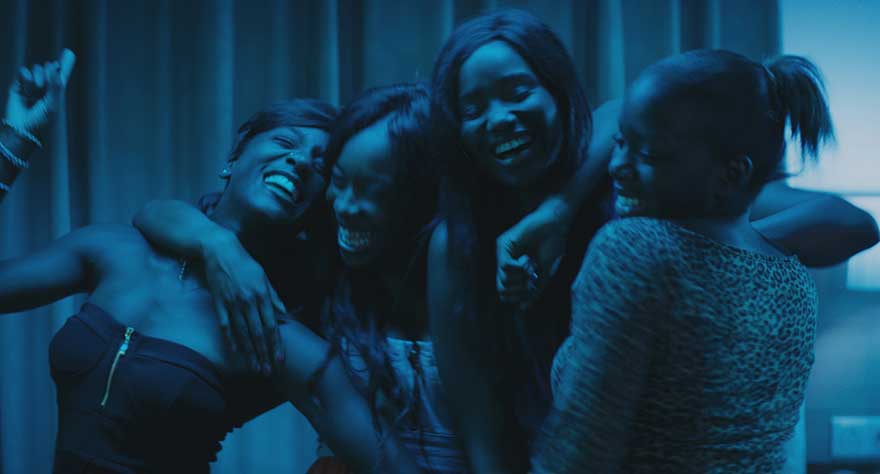
From the outset, Céline Sciamma’s Girlhood establishes the hard conditions of its main character Marieme (Karidja Touré). She’s doing poorly at school, stuck in an abusive situation with her family, and feeling alienated. It’s only when she meets a group of three outspoken girls who eventually befriend her that she starts to feel a sense that she belongs somewhere, and Sciamma beautifully shows the precise moment when Marieme finally embraces her new identity. The girls rent out a hotel room for the night, a means of escaping their problems, and Marieme watches as her new friends sing along to Rihanna’s “Diamonds” under a blue light. Marieme sits back watching before finally joining in on the fun, and Sciamma (who lets the song play out in its entirety) lights the scene to make all four girls look like they’re glowing. It’s a touching, celebratory moment, where Sciamma gives her characters the opportunity to break free from their lives and truly be themselves, even if it’s only for a moment. [C.J.]
Mad Max: Fury Road – The Bullet Farmer’s Final Charge
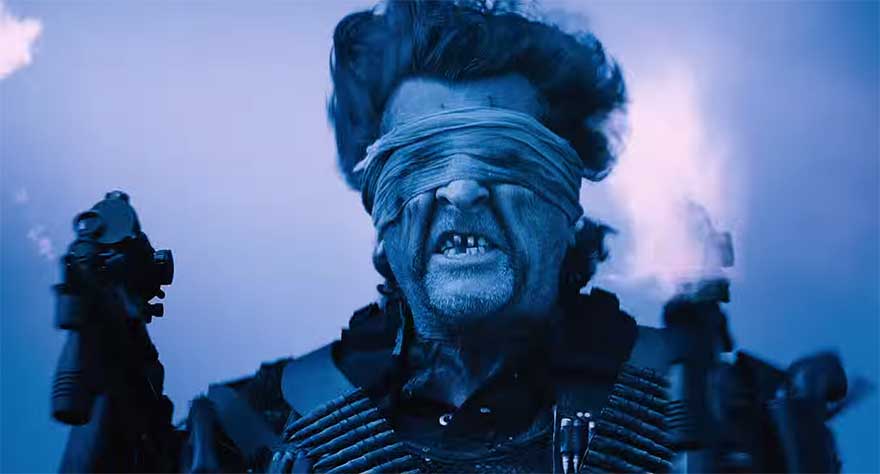
Pulling a cartridge from his mouth, the villainous leader of the Wasteland’s arms faction croons: “One angry shot…for Furiosa!” Decked out in a bullet belt headdress, perched atop a golden tank tread vehicle and literally armed to the teeth, he speeds into the night. Meanwhile, our tough band of defectors and escapees struggle to pull the stalled War Rig out of the mud, their ears perking up as distant shots ring out. In a film loaded with explosive, go-for-broke chase sequences and wildly eccentric displays, the Bullet Farmer’s solo charge might be my favorite combination of both elements. The character’s blind machine gun spray (perfectly accented by an impassioned appeal to the heavens and Verdi’s booming “Dies Irae”) is a gloriously mad affair. However, the sequence is grounded by a wordless interaction between Furiosa and Max in which Furiosa uses her comrade to stabilize her rifle, making a perfect shot and shattering the Farmer’s searchlight. The foggy atmosphere and deep blue day-for-night lighting only add to scene’s deliriously intoxicating effect. [Byron]
Mission: Impossible – Rogue Nation – Vienna Opera House
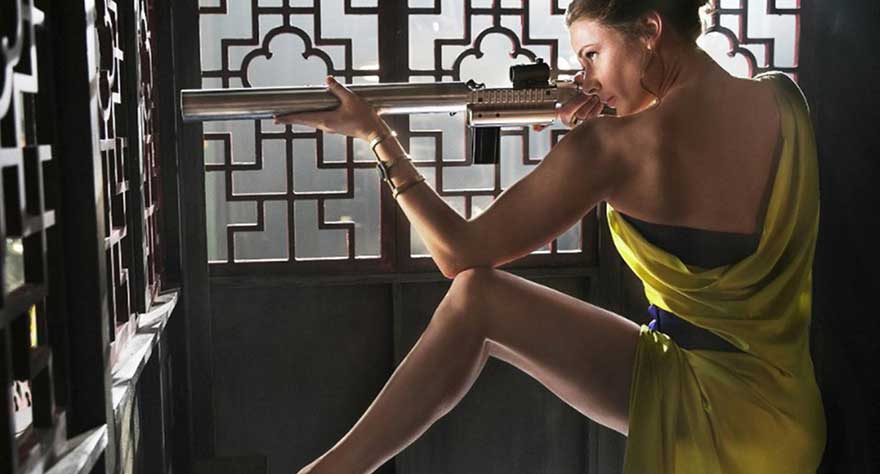
The Vienna Opera House sequence is the “Burj Khalifa moment” of Mission: Impossible – Rogue Nation. It may not be as spectacularly white-knuckle or as death-defying in its stunt work, but for my money, it’s the biggest show-stopper in a thriller boasting several great candidates. Partially set to an emotionally stirring performance of “Nessun Dorma,” the scene offers intense hand-to-hand combat and a mysterious cat-and-mouse game. Christopher McQuarrie’s intricate direction closely details a number of moving pieces, Tom Cruise does a solid job of conveying his character’s conflicted feelings, and everything builds to an intelligent climax. It’s one of the best set pieces of the year. [Byron]
Mustang – The Soccer Game
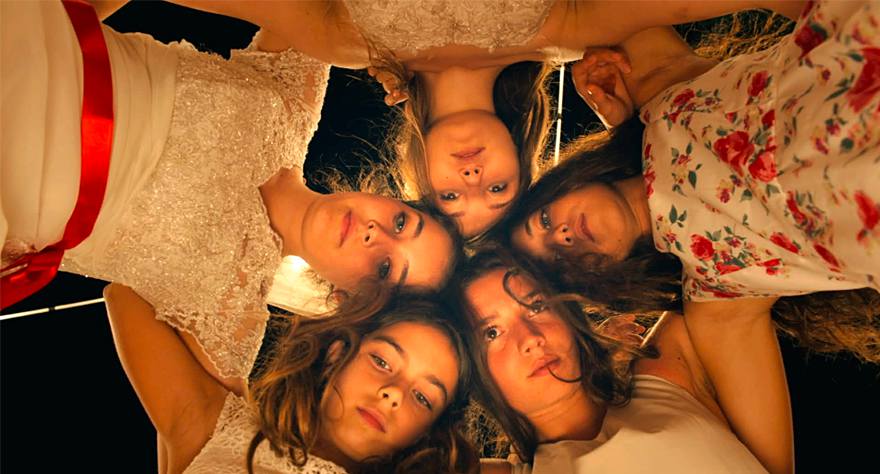
More of a plot point than a specific scene, the events that lead to and come from the attendance of a soccer game really scores the special quality of Deniz Gamze Ergüven’s female-driven Mustang. Due to violent hooliganism, Turkish officials decide that all men will be barred from an upcoming match. This sparks soccer fan Lale to enlist her sisters (who don’t care too much for the sport) to sneak out from their small town and sheltered lives and take part. It’s really a minor part of the first act, a short sequence that could probably be the greater plot of another film, but it encapsulates the spirit of its characters so incredibly well. What’s more, it leads to a wonderful and surprising action from the girls’ aunt in what soon after becomes a very haunting and serious film. [Aaron]
Phoenix – “Speak Low”

There aren’t enough superlatives to describe the ending of Phoenix, Christian Petzold and Nina Hoss’ latest collaboration. For most of its runtime, Petzold’s film is a narratively straightforward and psychologically complex tale of disfigured Holocaust survivor Nelly (Hoss) trying to regain her old identity after receiving facial reconstruction surgery. But when Nelly finally accepts the reality of her situation and rises from the ashes, Petzold closes Nelly’s story with a breathtaking wallop. Without going into specifics (seriously, stop reading and go watch Phoenix already), Nelly sings the song “Speak Low,” and through her performance the story unravels and resolves itself in a way that inspires chills. It’s by far the best ending to any movie this year, and could easily go down as an all-timer. [C.J.]
A Pigeon Sat on a Branch Reflecting on Existence – The Third Meeting with Death

Roy Andersson’s filmmaking style makes for easy inclusion in lists like this, as his work often takes on an episodic quality. Many of the funny, poignant or disturbing scenes in A Pigeon Sat on a Branch Reflecting on Existence could make the cut, but it’s the third in the film’s opening trilogy of scenes (marked as three meetings with death) the leaves the biggest impression. The first two scenes are brief bits of physical humor: a man who collapses while struggling to uncork a bottle and a woman on her death-bed desperately clutching a handbag. These are audacious and quite funny, but the third scene adds Andersson’s incredible dryness. To set the stage: a man has died while in line at a cafeteria. While three obnoxiously stiff officials wonder aloud what they should do with the body, the nearby cashier pipes in with a question: what should she do with the food he purchased? The matter-of-fact, monotone response, thought out way too meticulously, and the reaction of the gathered crowd of diners are wonderfully characteristic examples of Andersson’s odd look at human nature. [Aaron]
Steve Jobs – John Scully vs. Steve Jobs
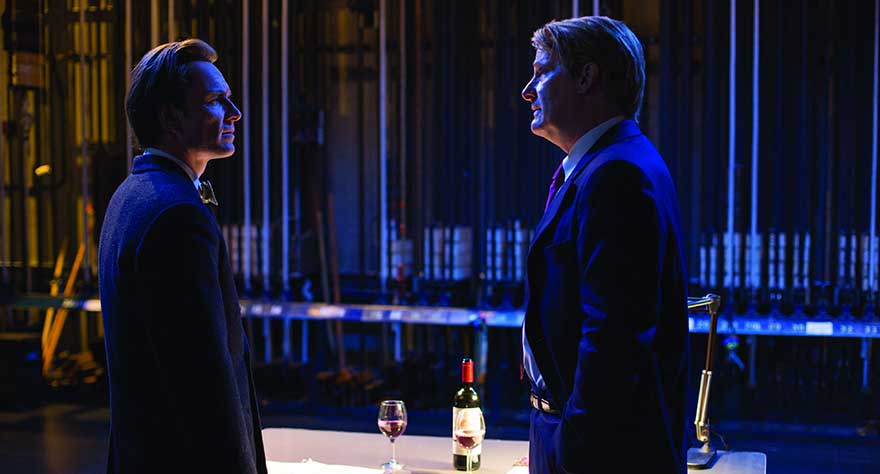
A showcase of a writer at the height of his powers. this scene can be classified as a verbal set piece. Just moments before taking the stage to introduce the NeXT Computer, Jobs is challenged by Apple CEO John Sculley (Jeff Daniels), about the myths surrounding why Jobs was ousted. What follows is a bravura sequence seamlessly weaving between past and present at breakneck speed. Aaron Sorkin’s dialogue is sharper and more acidic than ever, and the sequence has dips and climaxes that are more potent than most action movies. For a scene that is essentially two men standing in a room and talking, it’s overwhelmingly energetic and the performances really help viewers invest in the words being spoken. [Byron]
Wild Tales – Pasternak
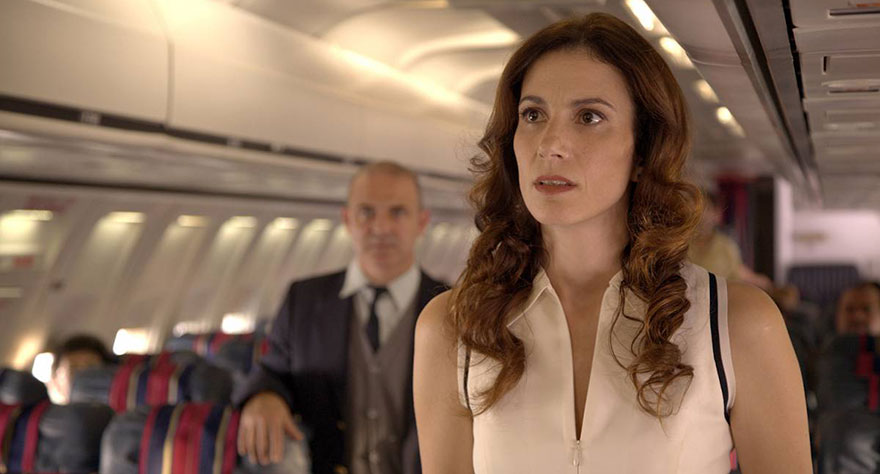
Anthology films are rarely as successful as Damián Szifrón’s Wild Tales. The film’s six shorts are thematically linked, but I would argue their strongest connection is in tone, which is beautifully set by the film’s opening segment. Without giving too much away (because there is a brilliant twist in there), we open on an airplane where a man makes small talk with a beautiful woman across the aisle. They realize, through what seems like blind luck, that they have a common acquaintance—a failed composer who used the date the woman and studied under the man. You won’t believe what happens next. Once the scene ends, anyone watching Wild Tales is ready to know just how dark the film is willing to go, and just how creatively it can get there. Of all the films within the film, the opening is the most wildly enjoyable and the most successful in marrying the film’s themes with its point-of-view. Without this segment or its placement in the film, Wild Tales wouldn’t click so well as one of the best films of the year. [Aaron]
What else?
We’d be foolish not to give some sort of shout out to other terrific scenes throughout the year, like the hilarious funeral sequence in Li’l Quinquin, which had us doubled over from laughter; both the border crossing and night vision sequences in Sicario; the ending of Carol, which should get an emotional response out of even the coldest souls; the opening long take in Buzzard, a painfully funny experience much like Entertainment; the bonkers final act of Jauja; a scorching scene from The Fool where the town mayor lays into her corrupt staff; everything that happens at Mamie Claire’s house in Mistress America; the intense argument between Gerard Depardieu and Jacqueline Bissett in Welcome to New York; the tightrope sequence in The Walk, and much, much more.
